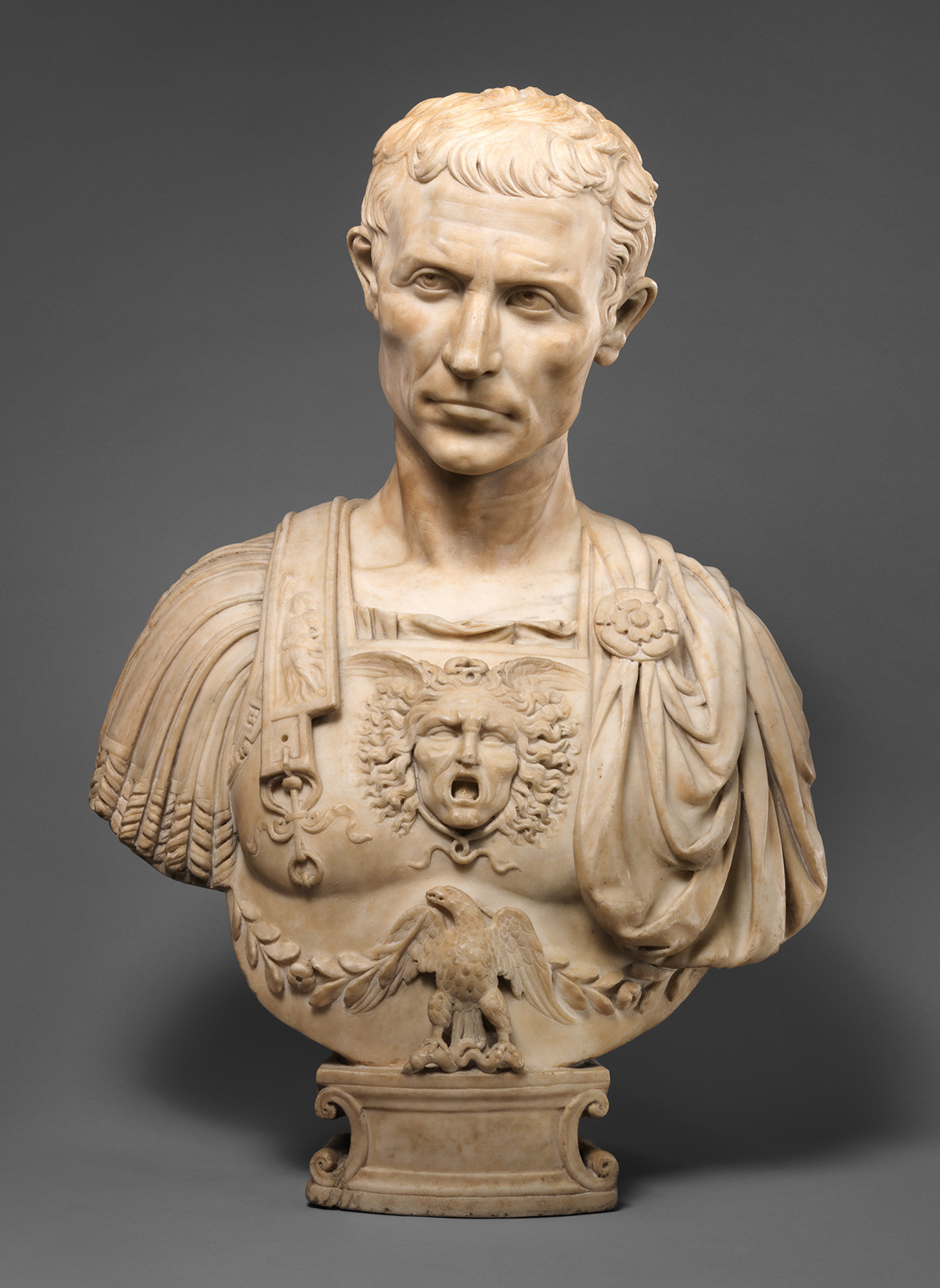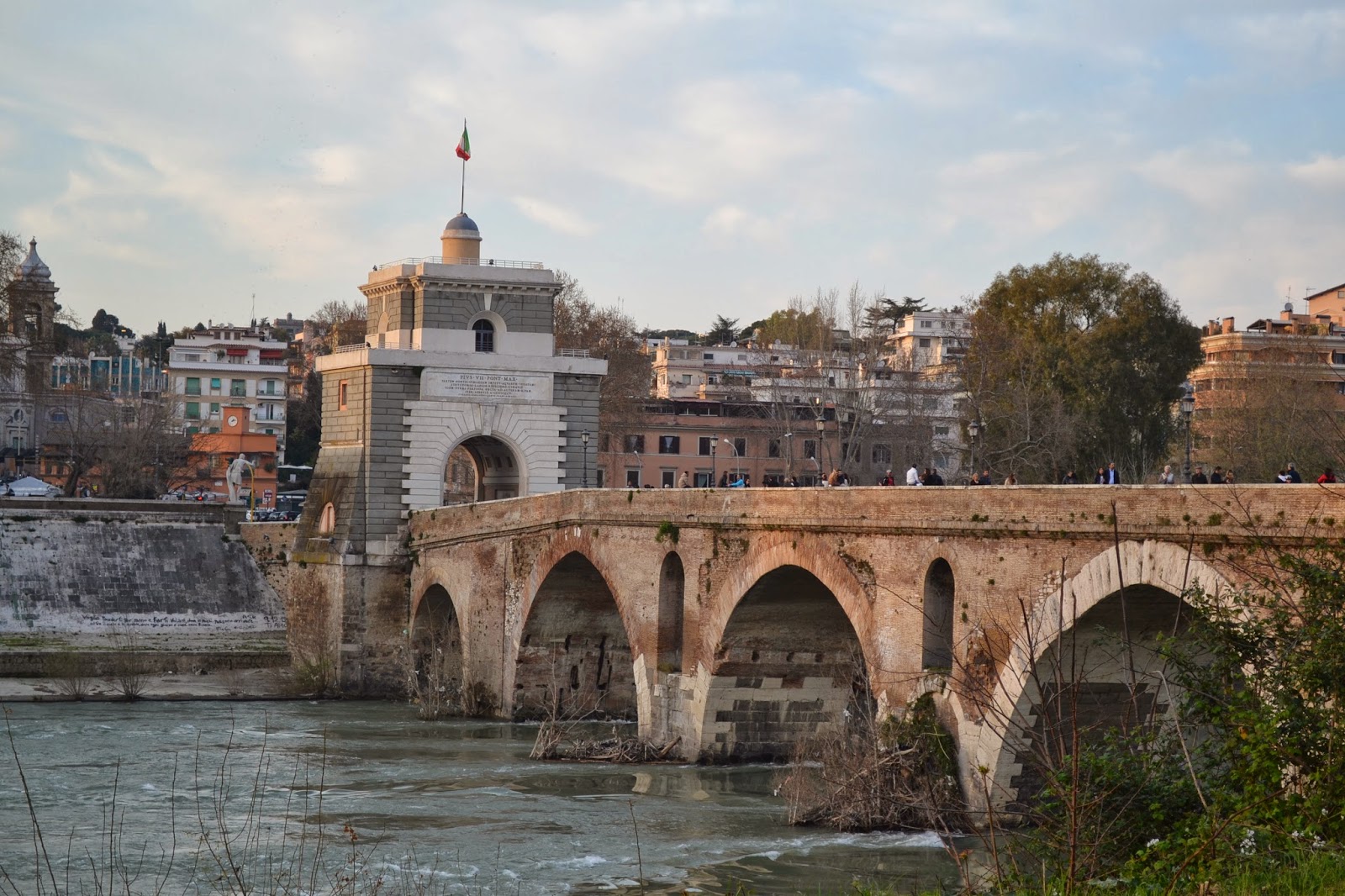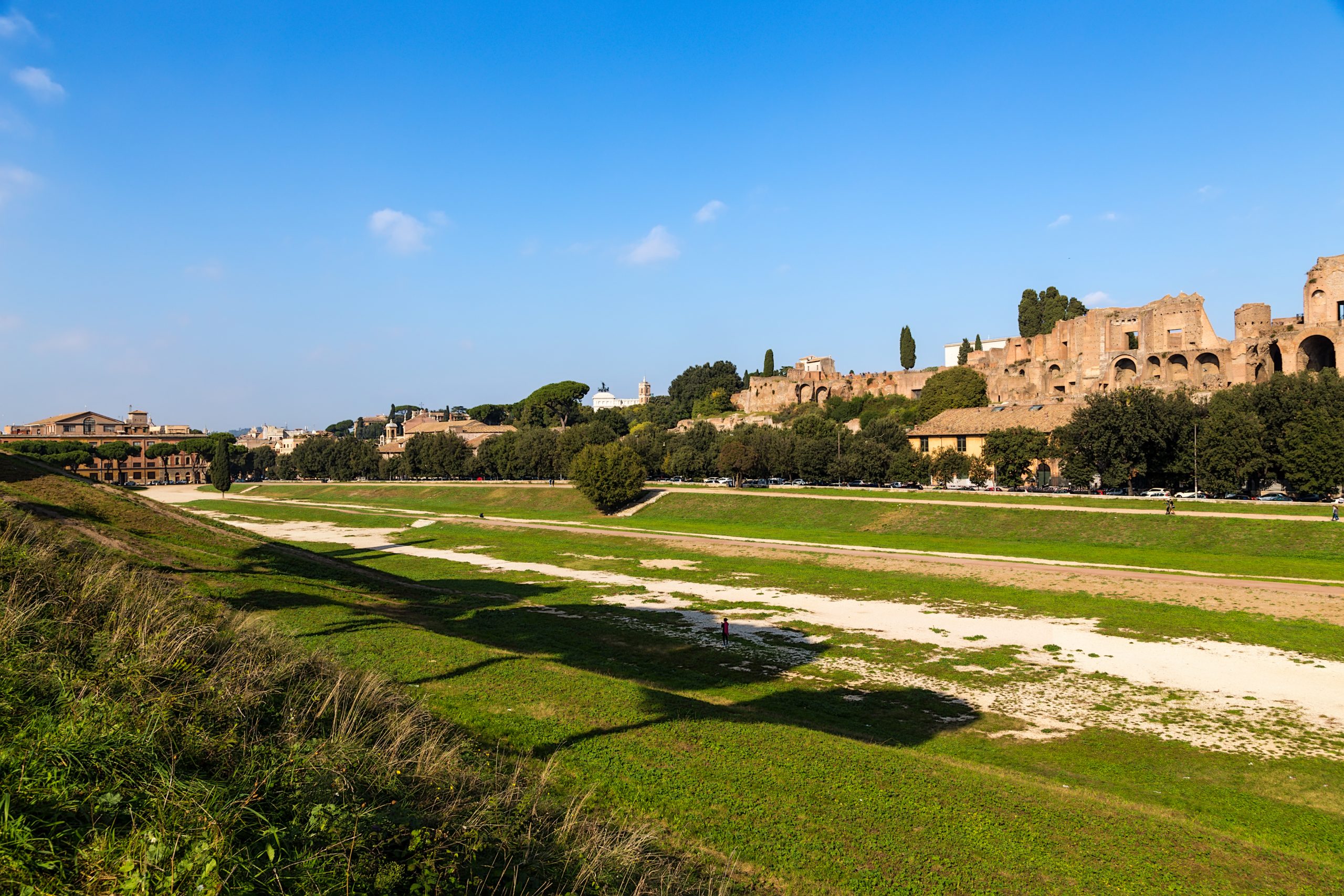ANCIENT ROME
Rome, a city with over three thousand years of history and the centre of one of history’s greatest civilizations. It grew from a small town on the banks of the Tiber river into an empire that spanned across the Mediterranean from Britain to Egypt, Iraq to Morocco; encompassing Europe, north Africa, parts of western Asia and the middle east today. The Romans shaped and influenced our modern world: From languages like based in Latin (Italian, French, Spanish, even English) to our legal system, our calendar with months named after Roman emperors, our alphabet not to mention the presence of Christianity worldwide. From a small town of bandits, Rome expanded, conquered and assimilated; morphing from a small city with kings to a democratic republic and finally an empire that took over the known world and then disintegrating plunging us into the dark ages.
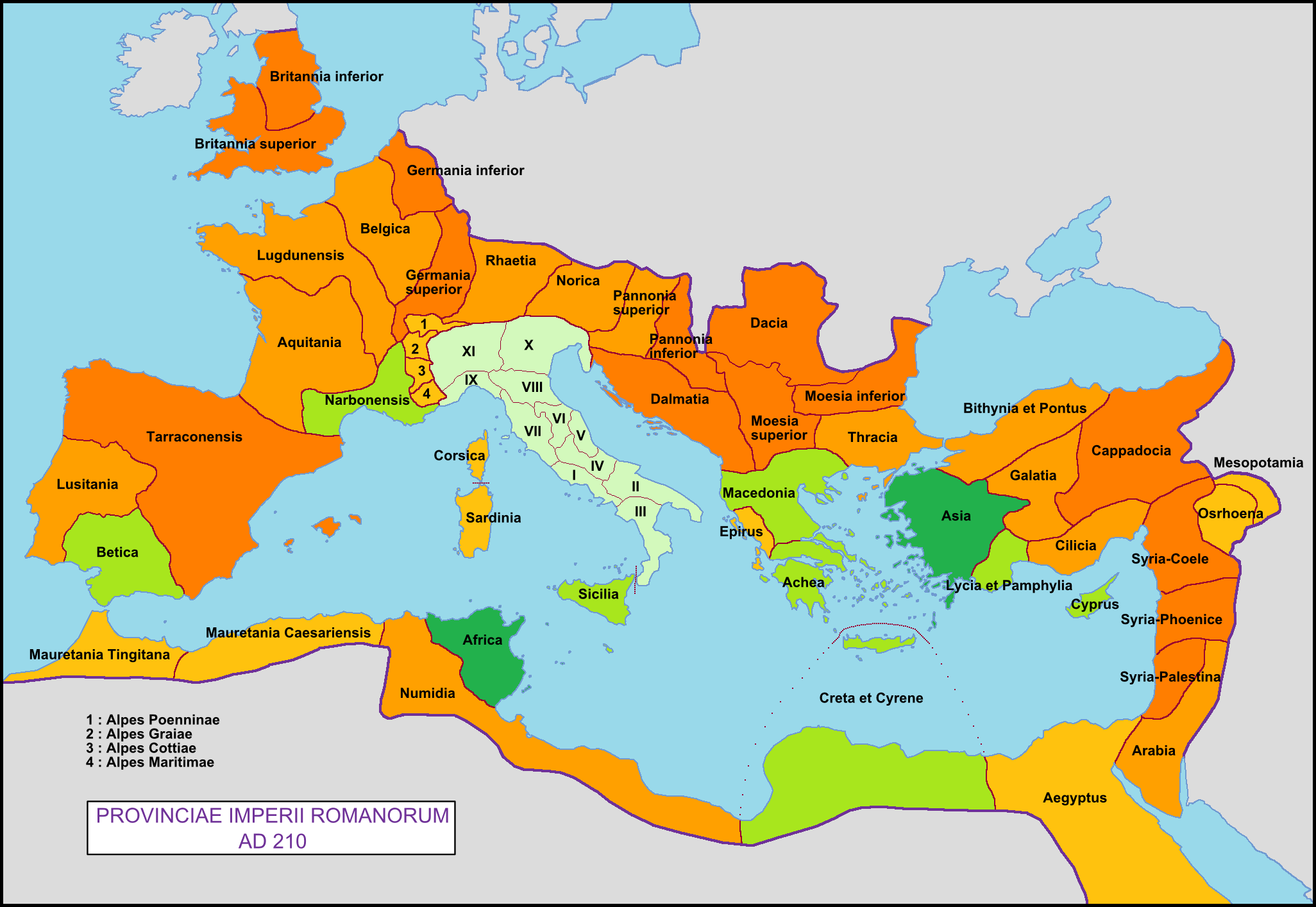
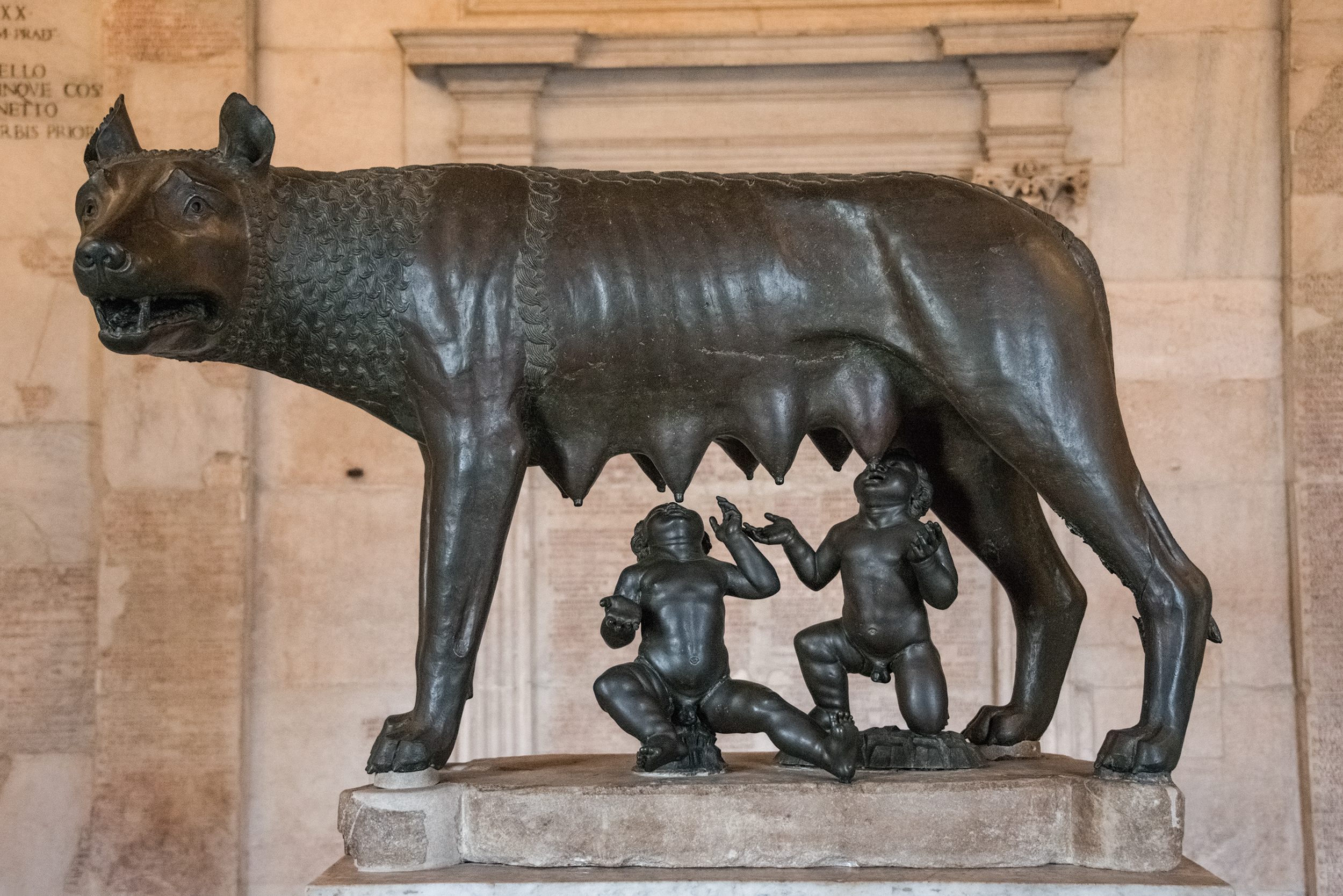
THE ORIGIN OF ROME
According to legend, Rome was founded by Romulus in 753 BC, but the story began far from Rome in Alba Longa where the legendary hero Aeneas from the Trojan war had settled. His descendant, a vestal virgin named Rhea Silvia fell pregnant to the God of War, Mars. Oracles predicted the children would grow to become powerful rulers so the king of Alba Longa ordered them to be killed. Romulus and Remus the twins were taken from her and put in a basket on the river. The basket washed up against the Palatine hill and the babes were rescued and suckled by a she-wolf, raised by a shepherd and lived to defeat the king that had left them to die. The brothers returned to the hill where they had grown up but quarrelled over where to found their city. Romulus killed Remus and chose the Palatine hill to found his city – he would call it Rome. The foundation date of Rome (21st April 753 B.C. is still celebrated today.
According to the ancient Roman historians, there were seven kings of early Rome, Romulus was the first. Not much is known of these kings and little evidence survives although some archaeological finds can be dated to this period and the apparent rulers. The last king of Rome, Lucius Tarquinius Superbus was overthrown and a more democratic system would follow called the Republic.
REPUBLIC
After the monarchy ended in 509 BC it became a Republic, two leaders known as Consuls were elected each year. Although the consuls were elected, the system was not entirely democratic as voting rights were organised by social status, thus the wealthier individuals held more voting power. Two consuls were chosen however, so that one could veto the other’s decision – in theory providing a balance. The Consuls were members of the Senate and descendants of senators who had served the city since the time of Romulus.
By this time the city of Rome was starting to take shape, the Forum (the central town square) had a number of civic and religious buildings and the streets of the city were paved. The first Roman code of law, known as the Twelve Tables was compiled and publicly displayed in the Roman Forum in 450 B.C. These laws, inscribed on twelve bronze tablets provided the basis for civic legal matters in Rome.
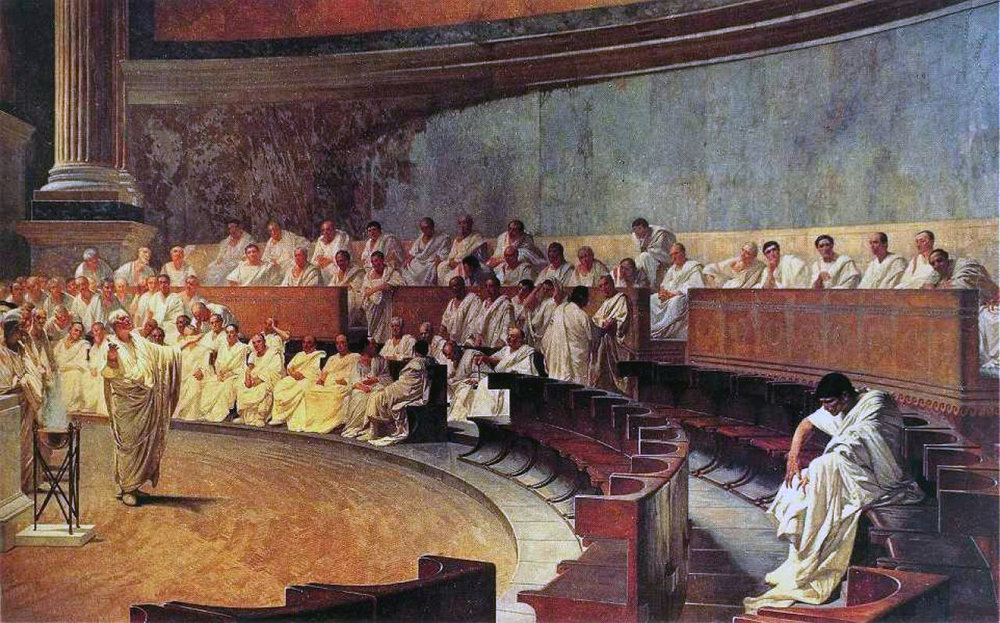
Early politics in the republic was dominated by a back and forth between patricians (the aristocrats) and plebeians (commoners). The senate, including patricians and wealthy plebeians, held most of the real political power by 300 BC. Over the years the plebeians did gain political power and had their own tribunes and political bodies, this would come to a head in the 2nd century B.C. with the Gracchus brothers who were determined to fight for the poor and their rights.
During the Republic, Rome was almost constantly at war expanding outwards across the Italian Peninsula; subduing the Latins and Etruscans and finally the Gauls after they had attacked Rome in 387 B.C. By the following century the Romans had taken much of Europe and turned towards North Africa and Carthage which fell in 202 B.C. All of these military successes also led to cultural growth; contact with outside people and cultures were a benefit to Roman society, but the weight of the growing empire was a problem for Rome’s political stability. The wealth gap was increasing and government access was all but out of reach for the common classes. By the first century B.C. Rome controlled most of the Mediterranean, but the Republic was in trouble as powerful generals had essentially taken the place of the senate.
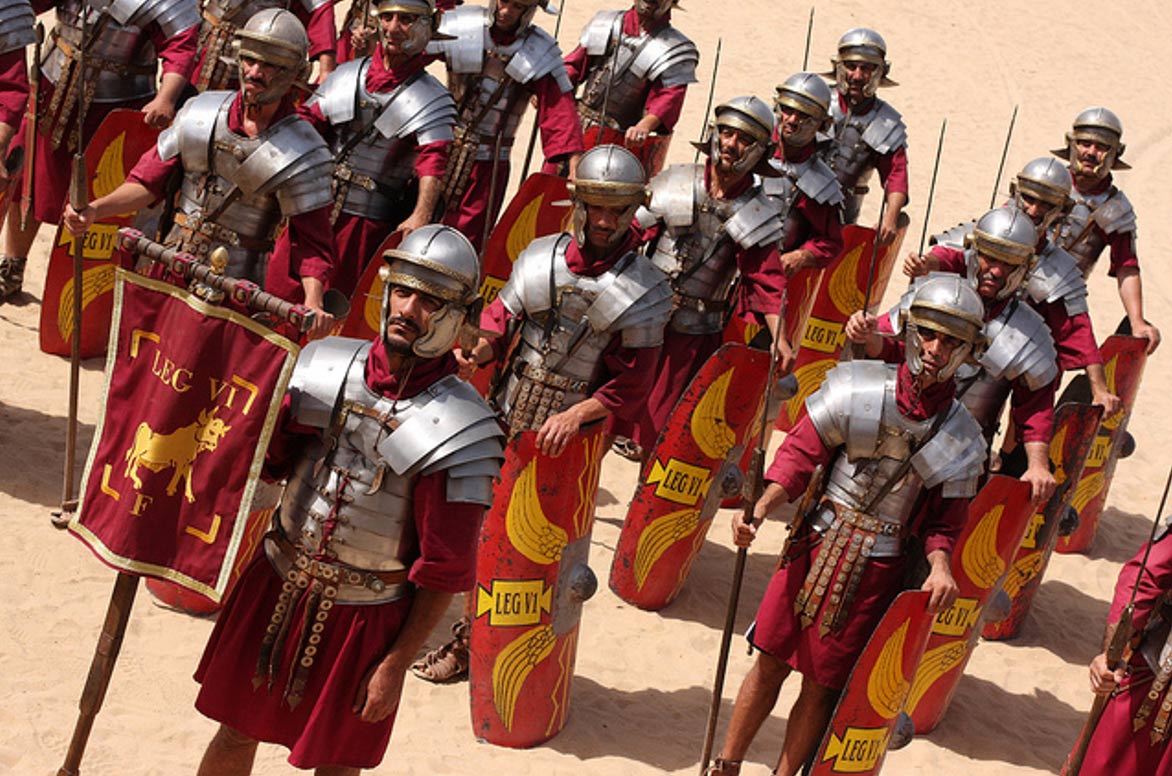
THE ROMAN MILITARY
The last century of the republic was marked by political and social upheaval, huge imbalances of money and power left the majority of the population near destitution and without rights. The Gracchus brothers had tried to change this but were both subsequently murdered along with thousands of supporters – this resulted in an uprising called the Social War.
Rome had grown quickly and in-fighting within the senate meant military expansion was poorly managed, this is when skilled generals take centre stage. Gaius Marius, a little known provincial excelled; On return to Rome he was made consul and carried out a number of reforms that would revolutionize the army and create the Roman military machine; introducing a standard legionary, the cohort unit and drastically altered the property and weaponry requirements for recruitment.
Previously the army were aristocrats campaigning in seasons; now the military was open to the common people and they could expect land at the end of their service. Marius’ radical alterations created a more professional, permanent and dynamic Roman army that continued in use until the end of the Empire.
This was the beginning of almost a century of generals fighting for control of Rome. In terms of politics there were still two opposing forces; the Optimates (aristocrats) and Populares (common people). But now the generals were in charge and their troops owed loyalty to them and not to the senate and politicians.
After Marius, Sulla seized control whilst on campaign in Asia Minor, he would become the first general to march on Rome in 82 BC. He stormed the city, bringing armed men into the city walls for the first time (which was against the twelve tables), and slaughtered the opposition (populares).
The next was Pompey who had served under Sulla, he wanted military glory and cared little for politics and the senate. Pompey dispatched the last of the Spartacus revolt, rid the Mediterranean of pirates and subdued Mithridates in the East, expanding Rome’s territory.
This in-fighting between powerful generals would continue albeit in an unofficial military-political alliance.
The End of the Republic
After Marius, Sulla seized control whilst on campaign in Asia Minor, he would become the first general to march on Rome in 82 BC. He stormed the city, bringing armed men into the city walls for the first time (which was against the twelve tables), and slaughtered the opposition (populares).
The next was Pompey who had served under Sulla, he wanted military glory and cared little for politics and the senate. Pompey dispatched the last of the Spartacus revolt, rid the Mediterranean of pirates and subdued Mithridates in the East, expanding Rome’s territory.
This in-fighting between powerful generals would continue albeit in an unofficial military-political alliance.
